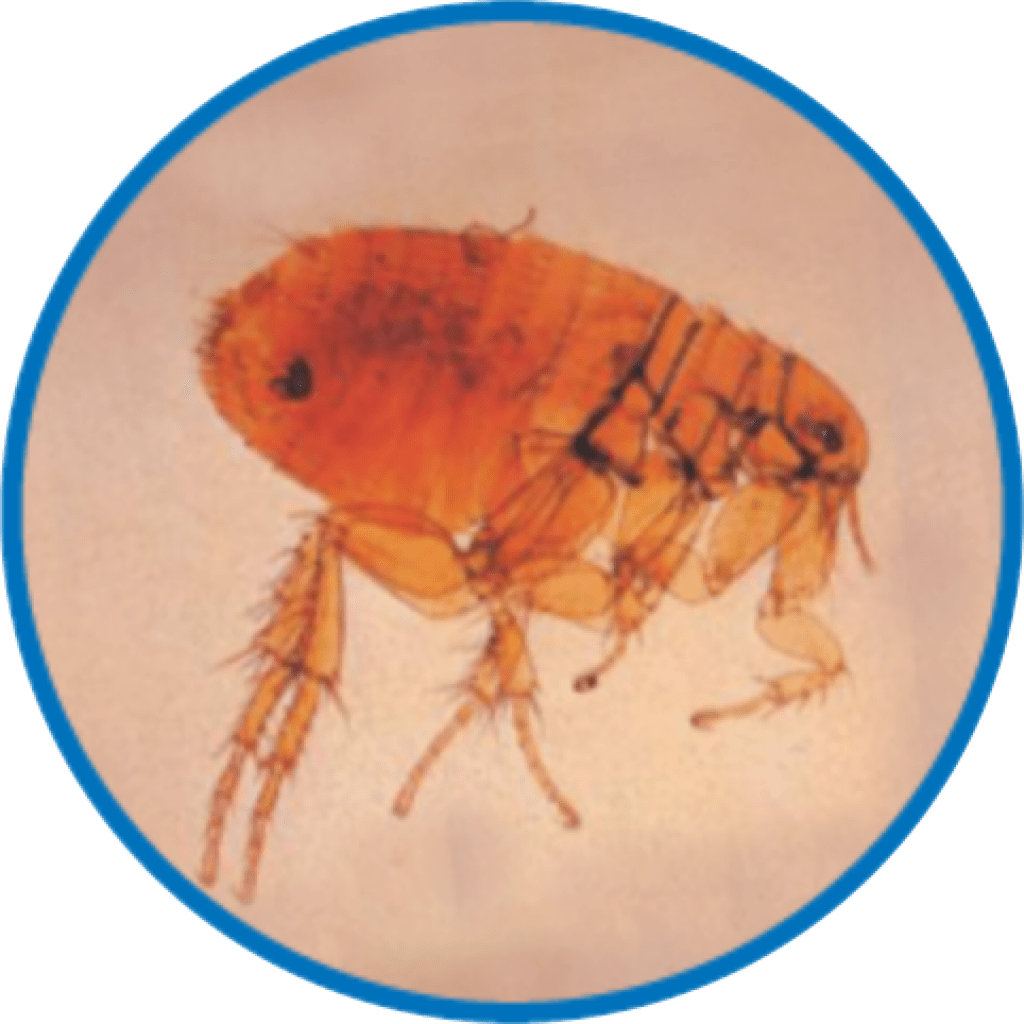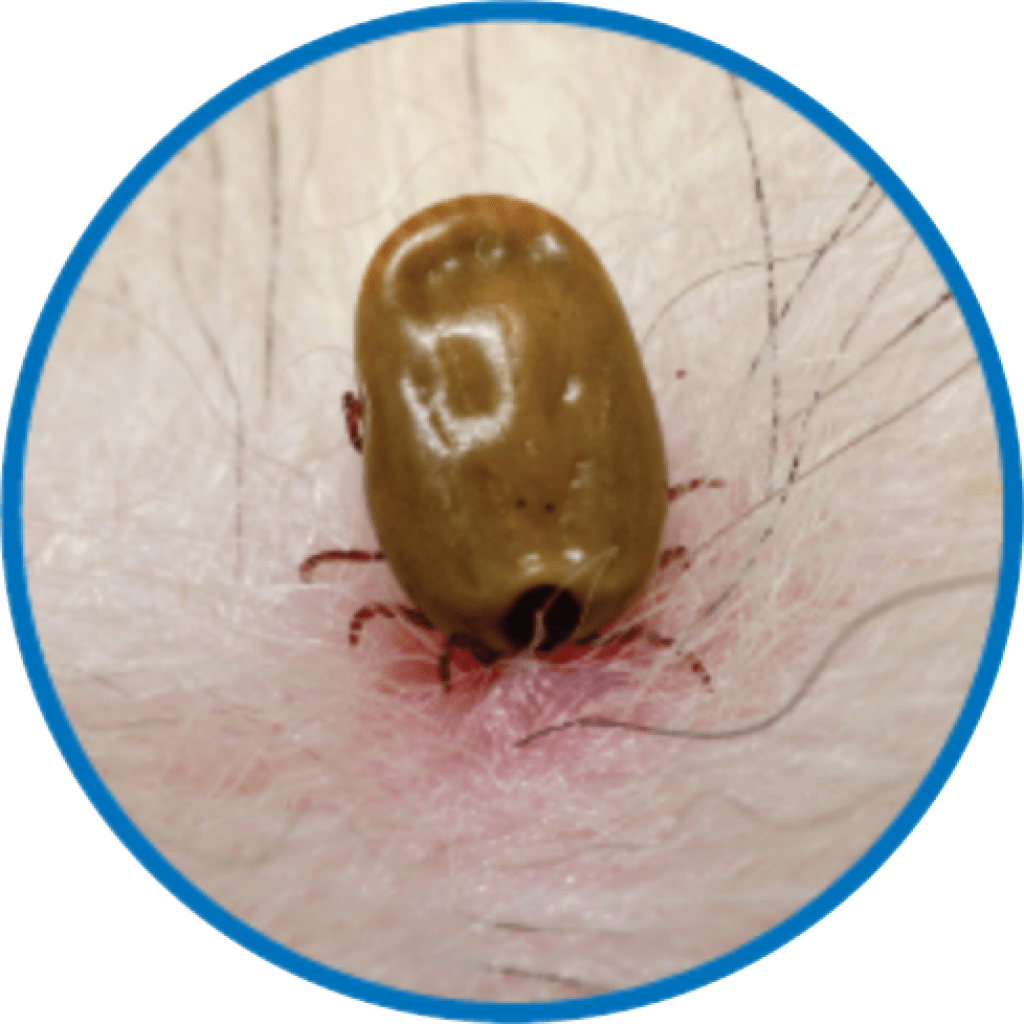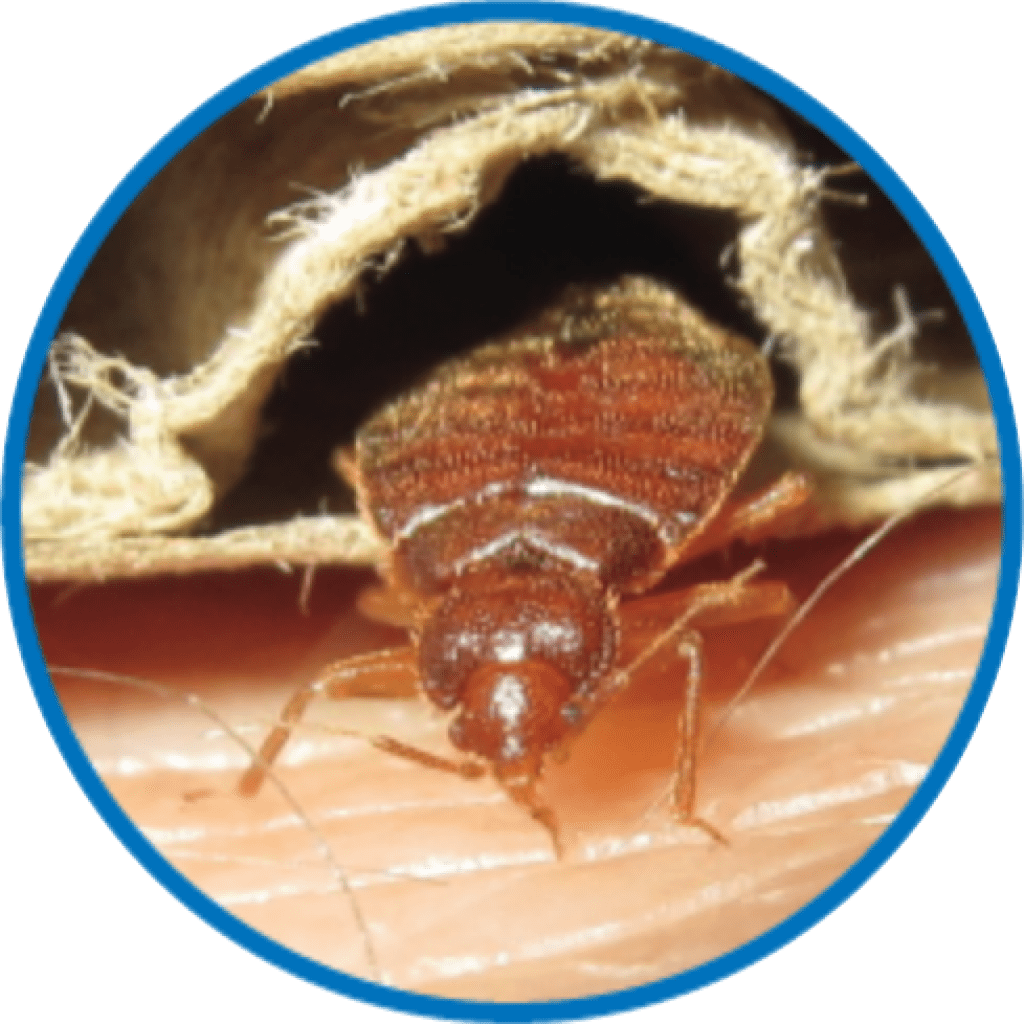BioCycle® Insects Library - Blood Sucking Insects
Description
Adults are about 1.25mm long. Their body is laterally flattened and brownish black to black. They have a reddish back when they are full of blood. They have no wings and hop when they move.
Biology
The female lays as many as 400 – 500 eggs during her lifetime. The eggs usually will hatch in 1 – 12 days. Larvae require high relative humidity, between 45 – 95%, and 1 – 2 weeks to several months to develop. Depending on the conditions, adults can live up to a year.
Habit
It is not necessary to have pets in the house since your blood will do. Fleas can jump about 15cm vertically. Adults can live for months without food.

Description
There are several species that vary in appearance, but all of the adults are small, round with eight legs. All ticks feed exclusively on the blood of vertebrates. There are two families of ticks: hard ticks and soft ticks. Dog ticks are small, red-brown in colour, uniform in colour. The mouthparts are easily seen when viewed from above. The body is flattened and shaped like a tear drop.
Biology
Ticks have four stages in their life: egg, larva, nymph and adult. Mating usually occurs while adult ticks are on the body of the host animal. The female then drops to the ground and deposits her eggs. When they are at the larvae stage they are called “seed ticks” with six legs.
Habit
Many tick species can be carried indoors on animals, but cannot complete their entire life cycle inside. The adults attach to the ears and between the toes and the larvae and nymphs are often found in hair along the back, however are not restricted to these parts. Ticks can carry serious diseases.

Description
Bedbugs (Cimex lectularius) are small, brownish flattened wingless insects. They are nocturnal parasites, therefore are active at night feeding on the blood of humans. Adults are up to 4 – 5mm in length and 1.5 – 3mm wide.
Biology
Female bed bugs have the ability to lay up to five eggs a day and can lay up to 500 eggs in a life time. The eggs are 1 mm long, milky-white and visible to the naked eye. The eggs hatch in one to two weeks. It takes about five weeks for a bedbug to pass from hatching to maturity. They become reproductively active only at maturity.
Habit
Parasitic in nature, bedbugs are bloodsucking insects. They are normally active at night but may feed at other times if given the opportunity. They reach their host by walking, and sometimes climb the walls to the ceiling. Bedbugs are attracted to their hosts by warmth and the presence of carbon dioxide.






